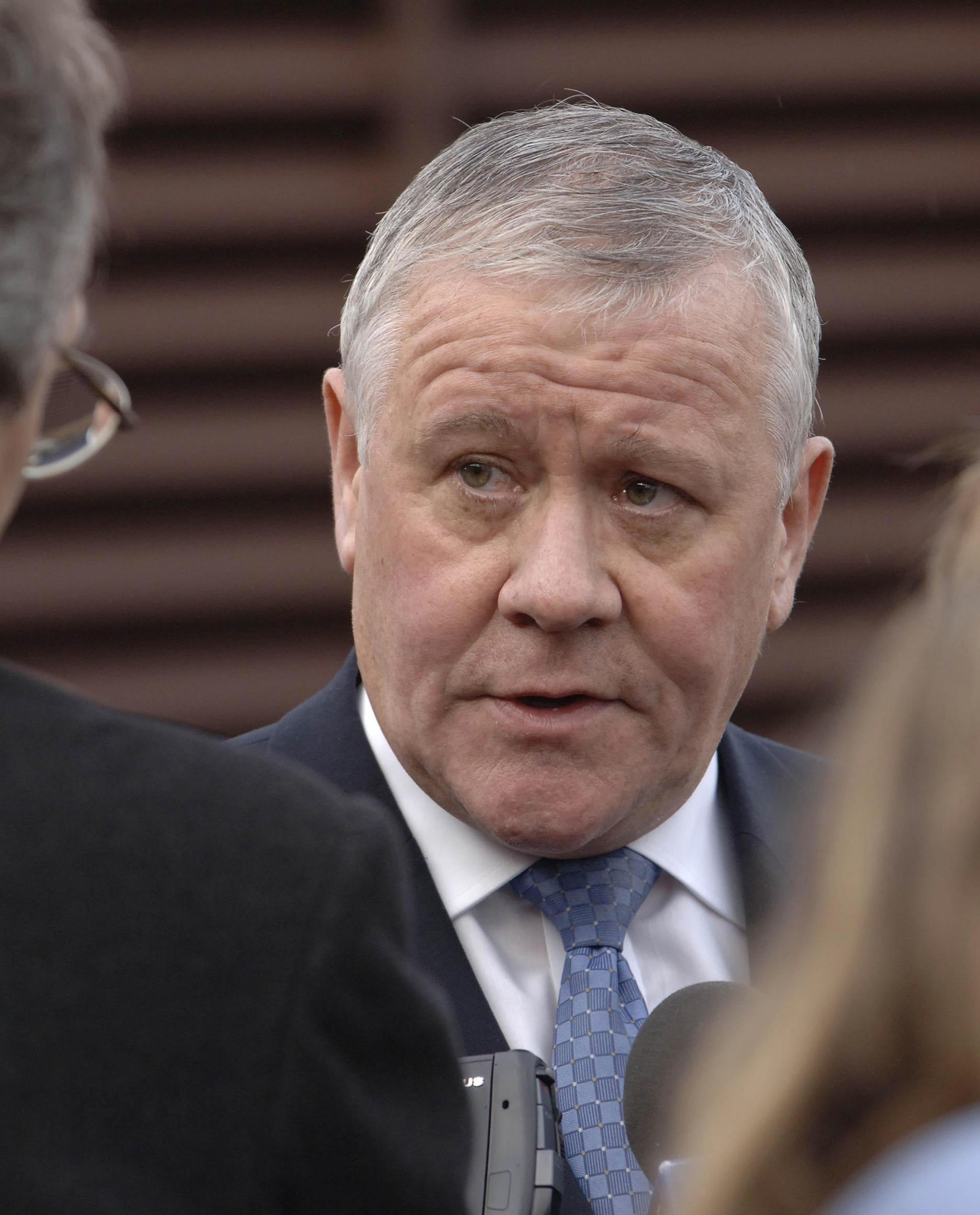Minister was asked if Army was measuring Garvaghy Road for bollards
An Irish official raised the issue of Drumcree at the height of the marching dispute in 1997.

Your support helps us to tell the story
From reproductive rights to climate change to Big Tech, The Independent is on the ground when the story is developing. Whether it's investigating the financials of Elon Musk's pro-Trump PAC or producing our latest documentary, 'The A Word', which shines a light on the American women fighting for reproductive rights, we know how important it is to parse out the facts from the messaging.
At such a critical moment in US history, we need reporters on the ground. Your donation allows us to keep sending journalists to speak to both sides of the story.
The Independent is trusted by Americans across the entire political spectrum. And unlike many other quality news outlets, we choose not to lock Americans out of our reporting and analysis with paywalls. We believe quality journalism should be available to everyone, paid for by those who can afford it.
Your support makes all the difference.An Irish Government official asked a British minister about speculation that the Army was “measuring” the Garvaghy Road in Portadown for bollards at the height of the marching dispute in 1997, archived files have revealed.
David Donoghue, the Irish head of the Anglo-Irish Secretariat, held a meeting with NIO Minister Adam Ingram in July 1997, during the marching season, to discuss British/Irish economic co-operation.
A minute of the meeting taken by Mr Ingram’s private secretary showed that Mr Donoghue raised the issue of the Drumcree parade.
The Orange Order march through the mainly nationalist Garvaghy Road in Portadown in July had become a flashpoint for unrest in the late 1990s amid annual disputes about whether the parade should be allowed to proceed.
There had been violence in the previous two years following stand-offs at the site, before the march was eventually allowed to travel down the road.
Just days before the 1997 parade, the minute reveals Mr Donoghue telling Mr Ingram “that he had got the impression that not all was lost in terms of trying to find local accommodation between the parties involved in the Drumcree issue”.
It continues: “The Minister (Ingram) agreed and said that every effort was being thrown into trying to achieve local accommodation.
“No decision had yet been taken on what would be done if such an accommodation was not reached.
“The Secretary of State (Mo Mowlam) was in the lead on this issue.”
The minute continues: “Mr Donoghue said there was speculation around that the Army was measuring Garvaghy Road in order to determine where bollards should be placed.
“The Minister said he could not confirm this speculation.
“In terms of the operational deployment of the RUC and Army personnel, obviously these organisations had to plan for all eventualities. Such planning was a matter for the Chief Constable.
“Any planning that was being undertaken was being carried out without prejudice to the decision on Drumcree which had yet to be taken by the Chief Constable and the Secretary of State.
“The Minister declared himself to be a natural optimist with respect to the way the situation would resolve itself.”
Just days later Dr Mowlam allowed the Orange parade to proceed along the Garvaghy Road amid a huge security presence.
Serious rioting subsequently broke out in many nationalist areas of Northern Ireland.
In response, the Government sought to break the impasse by creating an independent Parades Commission which would rule on contentious marches.
The Parades Commission has prevented the Orange Order from marching down the Garvaghy Road since 1997.